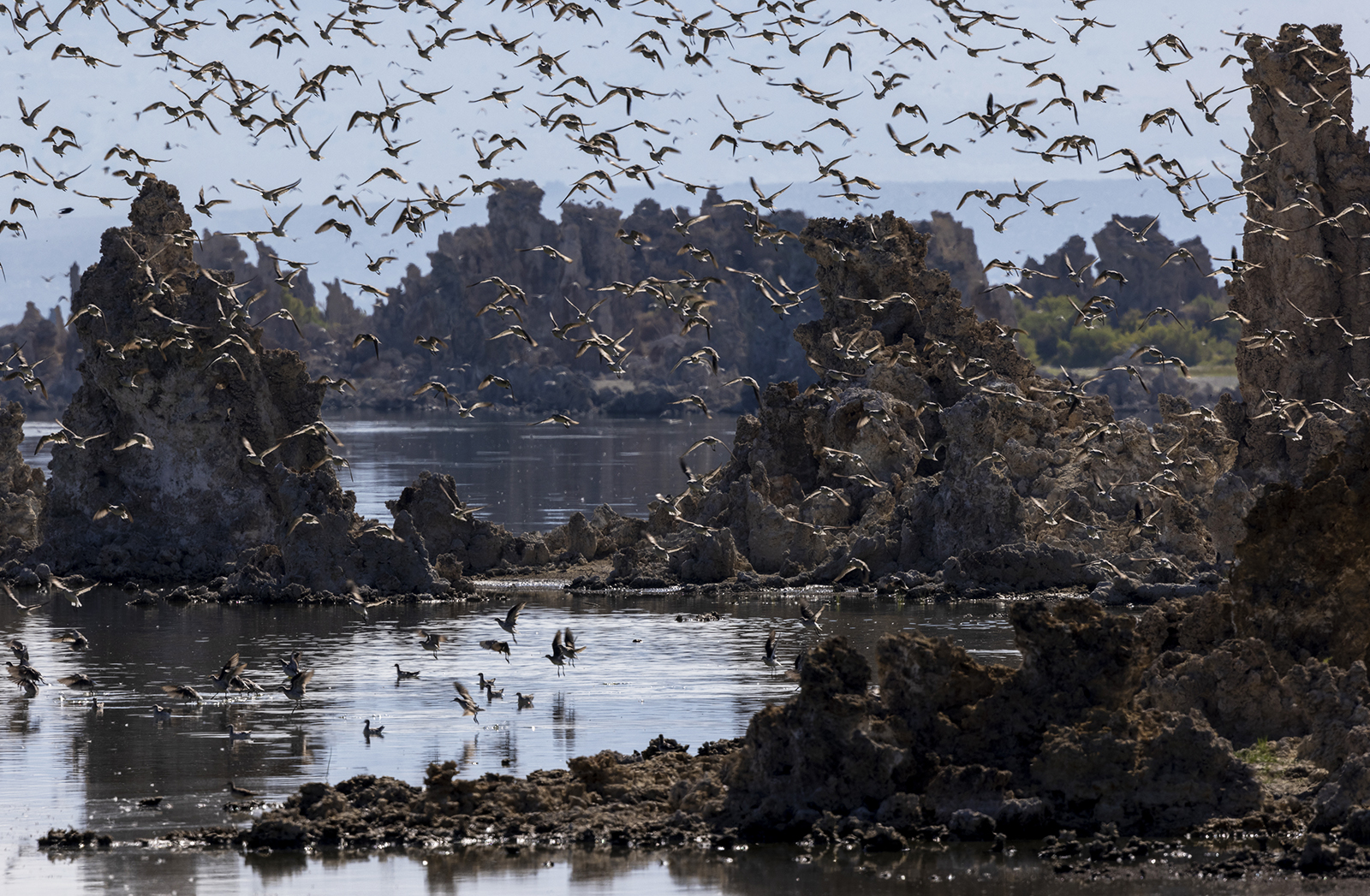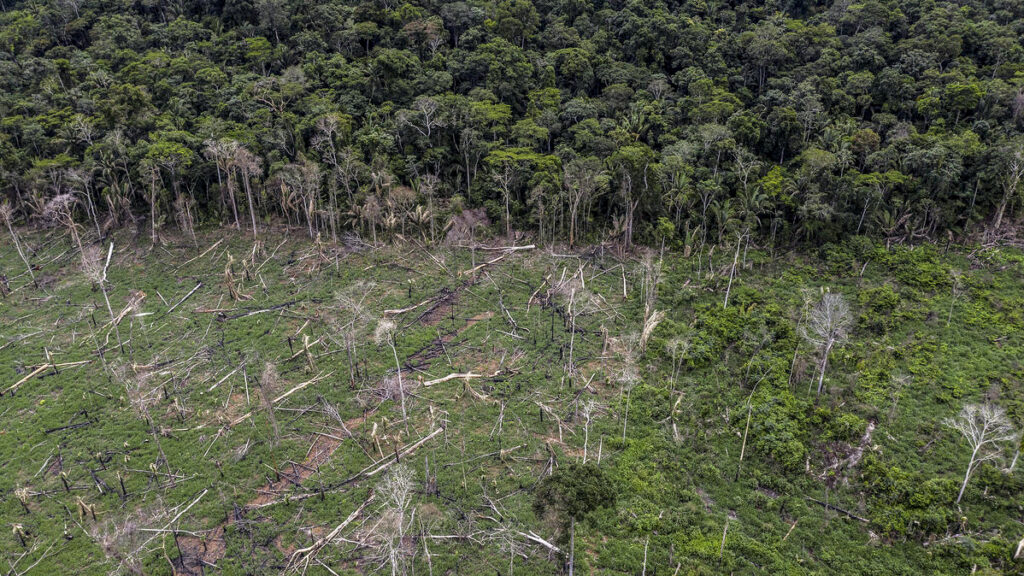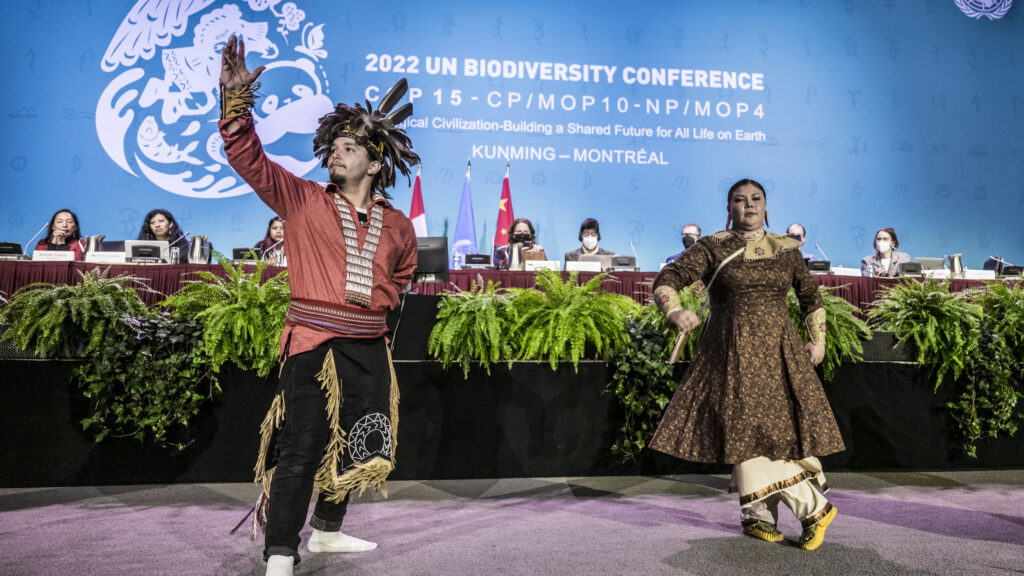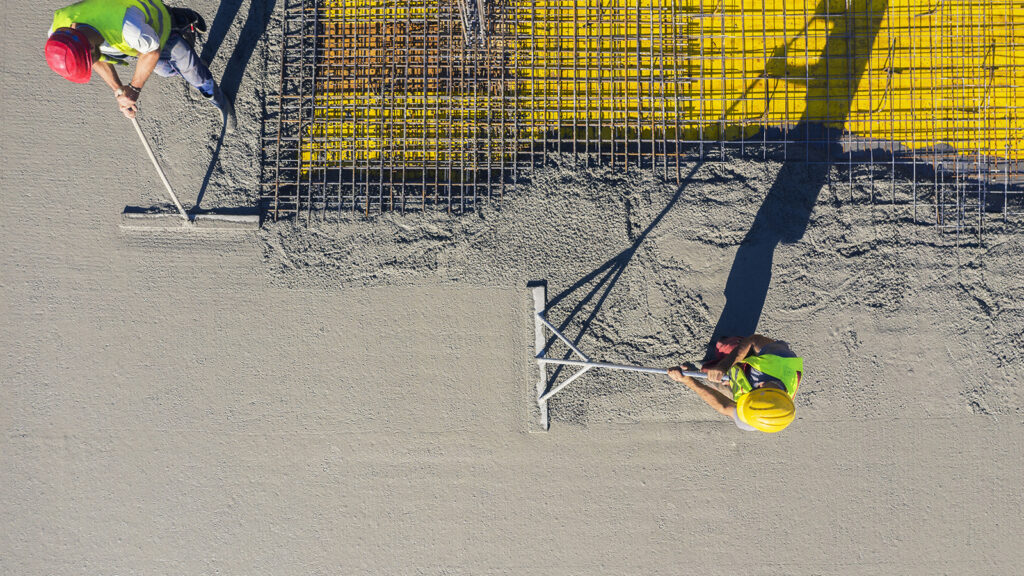
Phalaropes take flight near Mono Lake near Lee Vining, California. The lake is a critical stopover site for millions of migratory birds like the phalaropes, but it's in a region that is in the most extreme drought category.
Photo by David McNew/Getty Images
Companies are paying closer attention to biodiversity, and after decades of inaction, international agreements and regulations are slowly falling into place, culminating in COP15 — the U.N.’s Biodiversity Conference in Montreal.
Many industries rely on healthy ecosystems, and biodiversity — the variety of species, ecosystems and genetic diversity on earth — has significant economic value. Half of global GDP relies on nature.
In this week’s podcast, the Altamar team of Peter Schechter and Muni Jensen spoke to Collin O’Mara, CEO of the National Wildlife Federation, to discuss the economic and social impact of the biodiversity crisis. The team began by asking how serious the threat was at present.
“Right now, just in the U.S., about one-third of all wildlife species are at heightened risk of extinction. Globally, the number is a lot worse than that. There’s been identified upward of a million species that are at risk of extinction around the globe. It’s a variety of factors all coming to a head at the very same time that is putting our wildlife in peril.”
There’ve been grand promises from governments and international agreements to protect wildlife, but are these real commitments or just empty words? O’Mara said, “Unfortunately, we’re still at the point where we’re still acknowledging the problem. Intentions are good, which is a huge first step, but at the end of the day, the proof is in the pudding and making sure that there are tangible investments that are made. As of right now, the aspiration is much higher than the actual action that we’re seeing.”
Threat to Humans and Animals Alike
O’Mara says that the biodiversity crisis is an existential threat to both humans and animals alike. “The simplest way I can make the argument is that when we save wildlife, we save ourselves. This is the proverbial canary in the coal mine. If wildlife species are dying because of pollution or habitat loss, we often see similar impacts on humans.
“Communities that have healthier natural resources also tend to be more resilient to different types of extreme weather. If you put that landscape together — if we do well by wildlife, we’re also going to be making ourselves both safer and healthier.”
The U.N.’s Conference of Parties (COP) in Montreal resulted in a pledge to protect 30% of the planet by 2030. Is that enough? O’Mara said, “It’s a great first step. It’s an important marker to put down that we’re going to try to conserve and restore habitat. I think one of my big concerns is that, given the complexity of the ecosystems right now — especially with the overlay of climate change — migration and the movement of wildlife are incredibly important. We’re going to need more connectivity.”
Unsurprisingly, funding is O’Mara’s biggest concern. “This isn’t cheap work. Every dollar we spend on restoring habitat has about $8 return in terms of societal benefits, but you still have to come up with that first dollar. And what I’m worried about is a potential recessionary environment where you’re seeing some austerity measures going in. You’re going to see governments that made big commitments potentially change leadership, and all of a sudden, those commitments are never followed through on, which is what we’ve seen over the last 15 – 20 years.”
The Private Sector and Biodiversity
The team asked O’Mara how he saw the role of business and finance evolving over the next decade. “I’m not sure the recovery can be started alone by the private sector. You’re going to be starting from government involvement. And this is where I think the energy coming from the youth activists is so important because holding companies accountable in ways that previous generations haven’t are going to have to be part of the solution, but it’s going to take all hands on deck given the scale and the magnitude of the crisis.”
What about new finance mechanisms such as blue bonds, green bonds, debt for land, etc.? O’Mara said, “I actually like a lot of the different mechanisms. I do want to make sure that companies that have disproportionately borne the burden of these impacts despite usually multinationals contributing the impacts and as opposed to local communities, making sure we’re not kind of exacerbating the inequities that are in the system.”
Altamar’s Peter Schechter asked “When you talk to Indonesians or Colombians or Brazilians or Indians — how do we talk about the bridge between economic development and sustainability, especially in the developing world?”
O’Mara responded, “One of the first places is food security because places that have healthier wildlife have healthier natural resources, [and] healthier soils tend to have better yields. I think making the case that healthy natural resources are the way to create a more robust, healthier local economy that’s more sustainable both economically and ecologically … [is] a compelling argument, but we need to be willing to make those investments.”
Recovering America’s Wildlife Act
The last Congress was considering breakthrough legislation called the “Recovering America’s Wildlife Act.” But it didn’t pass. Why not? O’Mara said, “The Recovering America’s Wildlife Act was the first significant attempt to try to provide dedicated funding for every state and territory and tribal nation to have resources to actually recover the full diversity of wildlife. That was the goal. Big bipartisan support. It, unfortunately, did get tied up after the election, after the House swung in the November elections. Now, we’re seeing if we can come up with a configuration that can work for the current Republican-led House of Representatives.”
There has been a lot of progress toward protecting wildlife. But not enough. Altamar’s Muni Jensen asked: Who are the enemies of biodiversity? O’Mara said, “I honestly don’t think a lot of it is malicious. Unfortunately, the biodiversity crisis is kind of like death by a million cuts. It’s a million actions that have added up over generations of the way our economies have really placed a premium on extraction and resource consumption as opposed to conservation and sustainability. And so, it’s trying to flip those models in real ways.”
No One Wants to Kill Off Wildlife
“I just worry that just in this chaotic world that we’re living in between the war in Ukraine and still having women losing rights by the day in Afghanistan, and then on top of that, mass migration and climate issues and economic issues, inflation. These types of issues are more existential, these threats tend to get short shrift. And so how you keep them on the front burner when there’s always another crisis that is really important; it’s a collective action challenge.”
And what makes him optimistic? O’Mara said, “If you talk to the average person, whether it’s in the U.S. or someone abroad you know, no one wants to have wildlife go extinct on their watch. There’s not a lobby right now saying, let’s kill the wildlife. At the end of the day, if the will is there, I think we still will succeed. And I still think there’s still time for us to save the incredible diversity of fish, wildlife and plants that we’ve been blessed with.”








